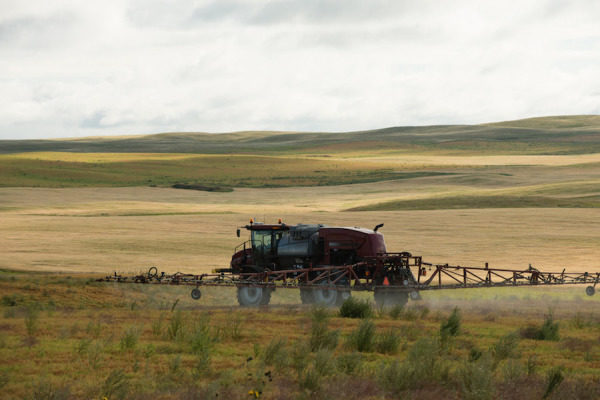The U.S. Environmental Protection says new rules enacted in 2020 have still resulted in thousands of off-target incidents for the herbicide dicamba.
According to a draft ecological assessment on the EPA’s website, the agency has recorded 3,500 new incidents of off-target dicamba incidents in the 2021 growing season alone.
The EPA uses a standard called Level of Concern (LOC) to indicate rates of exposure for various groups of species of animals.
For example, birds have the lowest threshold for LOC, greater than or equal to 0.38 pounds of acid equivalent. Mammals have a higher LOC, of 1.94 pounds of acid equivalent.
However — and the EPA’s assessment notes that this should not come as a surprise — off-target dicamba is a serious threat for terrestrial plants. The herbicide is generally used with crop plants that have been bred to tolerate dicamba, known as dicamba-tolerant (DT) crops.
“Overall, incidents are mostly associated with wide area (10’s to 100’s of acres per incident) damage to non-DT soybean plants and localized small-scale damage to lawns,” the report reads in part. “A pronounced increase in the overall number of reported dicamba incidents allegedly associated with damage to non-target plants started around 2016 and appears to be linked to the introduction of DT plants and over-the-top (OTT) applications to those crops.”
An EPA assessment indicates that off-target applications exceeding the LOC for plants can range more than 1,000 down-wind of spray applications and 2,600 feet downwind of aerial applications. The main driver for dicamba to exceed the level of concern is a combination of spray drift and volatility.
That compares with 24 feet and 67 feet for birds.
The EPA is currently taking public comment on both assessments online. The deadline for public comments is Oct. 17.








Post a comment
Report Abusive Comment